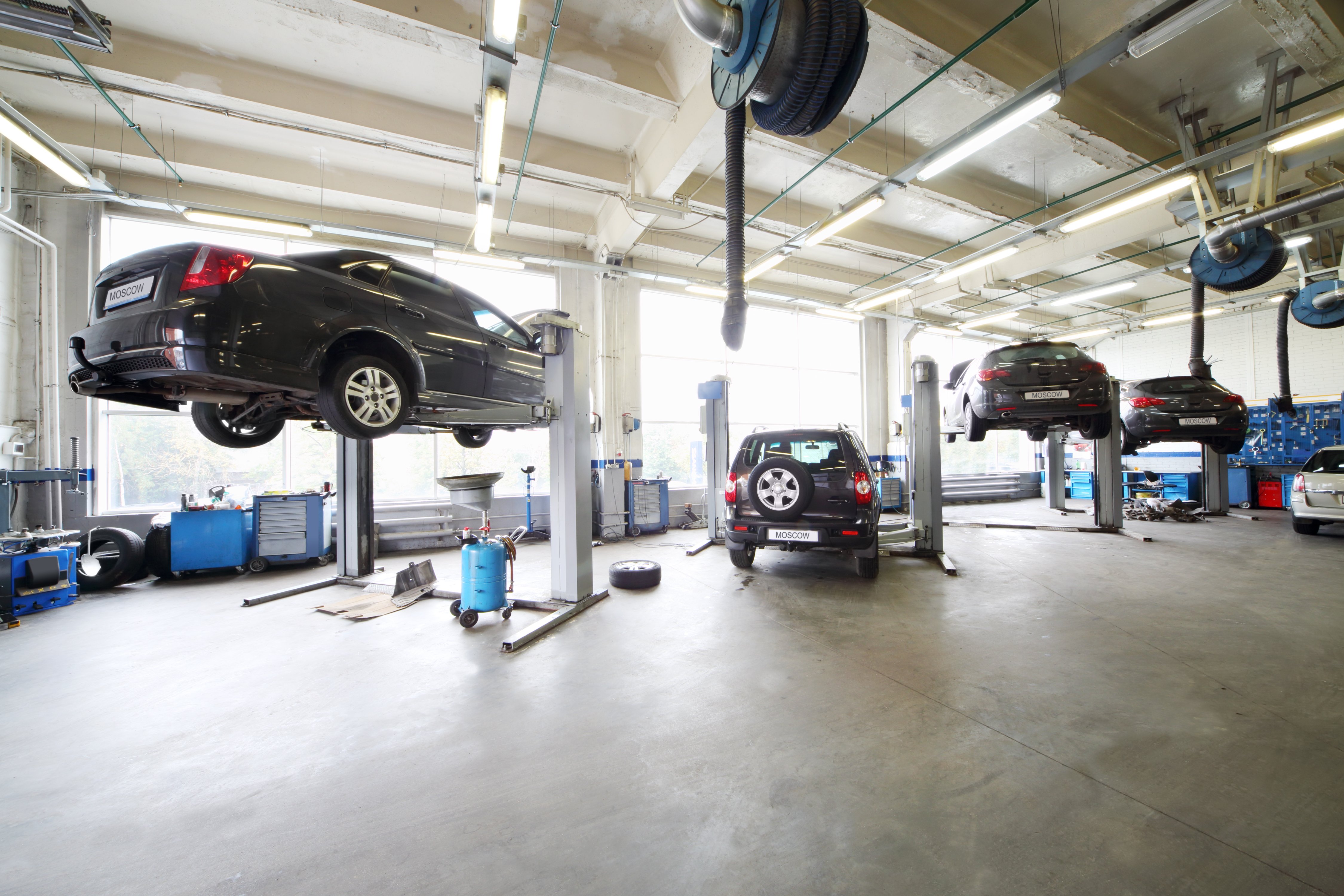
The faster you drive, the more fuel you use. Contrary to popular belief, restarting the car uses less fuel than letting it idle. If you anticipate being stopped for more than one minute, shut off the car. Wide-open windows, especially at highway speeds, increase aerodynamic drag and the result is up to a 10% decrease in fuel economy. The air conditioner puts extra load on the engine forcing more fuel to be used. Heavier vehicles use more fuel, so clean out unnecessary weight in the passenger compartment or trunk before you hit the road. Under-inflated tires make it harder for your car to move down the road, which means your engine uses more fuel to maintain speed. Keep your tires inflated to the proper levels.
TRUCK REPAIR SHOP MANUAL
Check your owner's manual to find out what fuel octane rating your car's engine needs then buy it.Don't forget your spare and be sure your jack is in good condition. Check tire pressures once a month let the tires cool down first. Have your tires rotated about every 5,000 miles.Replace worn blades and get plenty of windshield washer solvent. A dirty windshield causes eye fatigue and can pose a safety hazard.Get engine drivability problems (hard stops, rough idling, stalling, diminished power, etc.) corrected at a good shop. Replace other filters (air, fuel, PCV, etc.) as recommended, or more often in dusty conditions.Change your oil and oil filter as specified in your manual, or more often (every 3,000 miles) if you make frequent short jaunts, extended trips with lots of luggage or tow a trailer.The tightness and condition of drive belts, clamps and hoses should be checked by a pro.



 0 kommentar(er)
0 kommentar(er)
